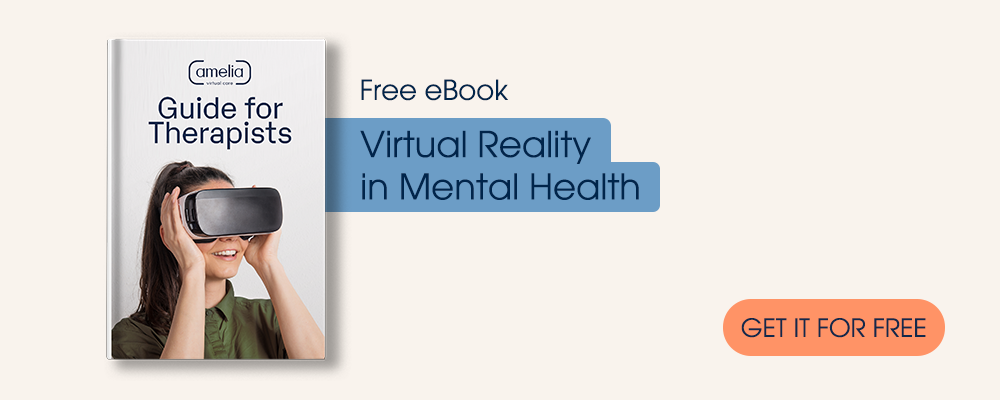We have observed a rise in benzodiazepines and antidepressants over the past decade. Will we continue seeing this trend occur in mental health patients, especially with the COVID-19 pandemic still in full force? We answer this question and more in today’s post.
Anxiolytics like benzodiazepines and antidepressants are common prescription medications for patients with anxiety and depressive disorders. Primary care providers and mental health professionals may recommend their use to alleviate clinical symptoms, such as excessive worries, irritability or lethargy.
However, with the COVID-19 pandemic still in the midst, what role do these drugs play as mental health services continue disrupted? Should there be a concern, and would it suffice to say that the use of these drugs alone can compensate for the limited mental care available?
Today’s post will probe these questions based on scientific evidence published in recent years and figures/trends provided by leading health institutions.
Benzodiazepines and Antidepressants: Pre-COVID-19 Pandemic
Let’s begin with benzodiazepines.
Benzodiazepines (BZDs), like alprazolam (Xanax), clonazepam (Klonopin), diazepam (Valium), and lorazepam (Ativan), remain popular among anxiolytic prescriptions. This drug class can produce almost immediate effects and accommodate the ebbs and flows of anxiety disorders so that patients can take the medication intermittently.
However, while most individuals will take BZDs as prescribed, misuse and abuse have come to represent a troubling problem. Benzodiazepine abuse has grown over the years to have epidemic implications, with one study reporting that up to 17% of Americans have misused sedatives or tranquilizers in their lifetime.
Observation of a rising trend is not unique to benzodiazepines, though. If we draw our attention to antidepressants, the use of this type of drug has either been predominant in specific population subgroups or even increased.
According to the Centers for Disease Control and Prevention (CDC), 13.2% of adults aged 18 and over took antidepressants within the previous 30 days during 2015-2018.3 More interestingly, antidepressant use was more common among women than men (17.7% vs. 8.4%, respectively). The CDC, indeed, reported a rise in antidepressants among only women from 2009-2010 to 2017-2018.
Benzodiazepines and Antidepressants: How the COVID-19 Pandemic Worsened the Outlook
When the COVID-19 pandemic struck in 2020, no one could foresee the economic and psychological implications of lockdowns, widespread layoffs and health system collapses.
As we described elsewhere, many individuals experienced higher levels of anxiety and stress. Mental health services (MHS), which were already extremely limited, suffered increased disruptions. Per figures released by the World Health Organization, more than 60% of countries worldwide reported issues with the delivery of MHS to vulnerable populations, including children and adolescents (72%), older adults (70%) and women in need of antenatal or postnatal services (61%).
For those who were most in need of mental care support, few resources were available initially. Given that the problem with antidepressant and benzodiazepine consumption was on the rise before the pandemic, the global health event only unveiled the possibility of a more common use of these medications.
An association between depression and lower quality of life and increased disability has been demonstrated.
Are anxiolytics and antidepressants the sole solution to address the problems mentioned above in mental health?
To answer this question, no.
While investigators and clinicians know how anxiolytics, namely benzodiazepines, work (via the GABA receptor in the brain), the mechanism of function of antidepressants remains a mystery.
Some populations respond well to the latter drug, whereas others do not. As a result, health professionals perform trial-and-error runs with certain antidepressants (e.g., fluoxetine, imipramine or venlafaxine) to achieve the optimal combination. However, as each person is unique, each case of antidepressant prescription becomes a scavenger hunt of its own.
Yet, it would be remiss of us if we did not mention the breakthrough achieved in understanding the drug’s mechanism of function.
Investigators from the University of Helsinki recently published an article in Cell that demonstrated the binding of both slow- and fast-acting antidepressants, including ketamine, to tyrosine kinase receptor 2 (TRKB), the brain-derived neurotrophic factor (BDNF) receptor that favors neuronal plasticity and antidepressant responses. This elucidated point is significant. As activation of TRKB permits individuals to be more sensitive to their surroundings, a therapeutic process may be paved out to occur via environmental interventions, i.e. psychotherapy.
A study in the Journal of Clinical Psychiatry concluded that primary care visits for the most common psychotropic medications, including benzodiazepines and antidepressants, grew between 2003 and 2012.
What lines of therapy would then be suitable to accompany these classes of drugs?
Various therapeutic options are possible for individuals with anxiety or depressive disorders,
While a doctor or a primary care provider may prescribe anxiolytics or antidepressants, psychotherapy, such as cognitive-behavioral therapy (CBT) or interpersonal therapy, has shown to be effective in both cases.
In particular, findings related to virtual reality – cognitive-behavioral therapy (VR-CBT) have demonstrated great promise. VR-CBT capitalizes on advances made in modern technology to complement evidence-supported therapeutic techniques. For example, according to one investigation led by University of California psychiatrist Michella Craske, virtual reality offers the possibility of positive, immersive experiences to patients to allow them to feel pleasant moments and even curb the initial symptoms of depression. Similarly, VR-CBT has been demonstrated to be as effective as standard CBT.
For these reasons and more, if you are interested in exploring how you can include virtual reality in your clinical practice, feel free to contact Amelia Virtual Care. We would be glad to set up a demo session that explains all the advantages of this tool, as well as other the various virtual settings possibles for mental health patients.
Other articles that might interest you:
- What drug-free alternatives are available to fight depression?
- What’s the difference between stress and anxiety?













